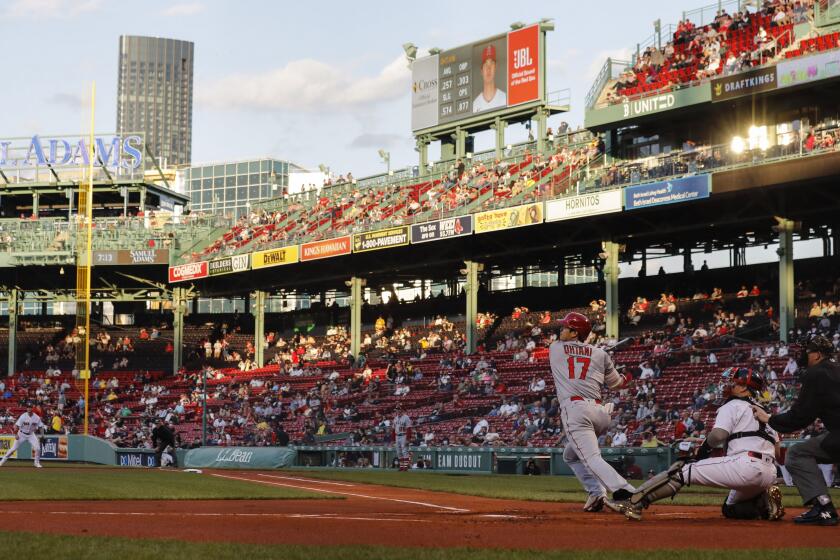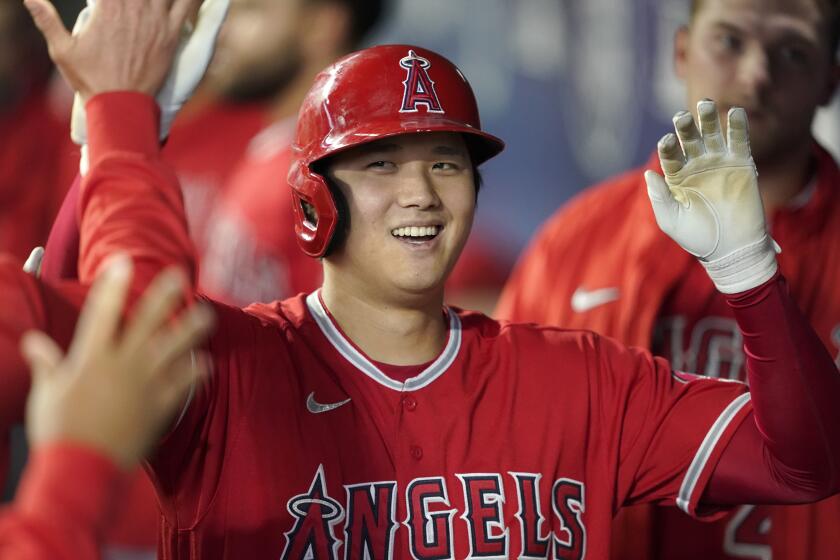Column: How a comic book character influenced Shohei Ohtani’s two-way dominance
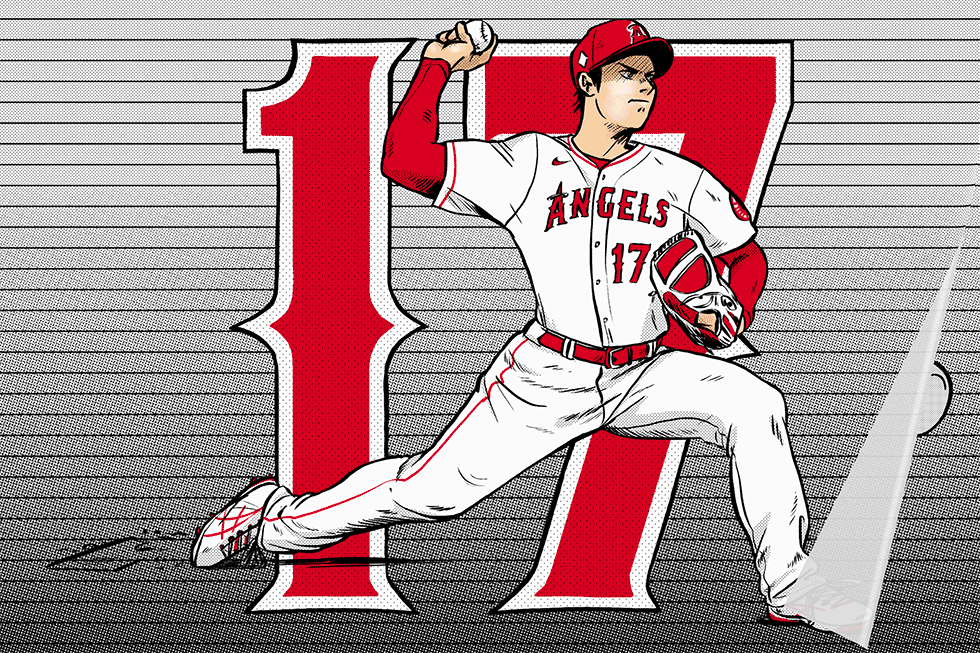
He was Shohei Ohtani before Shohei Ohtani.
He was a left-hander from Japan who signed with Anaheim.
His fastball was clocked at 102 mph. He was also a fearsome hitter who once launched a home run that crashed into an elevated digital scoreboard.
His name was Goro Shigeno.
He was a fictional character, the protagonist in “Major.”
Ohtani was a fan of the popular comic series, which was published in weekly installments by Shuukan Shonen Sunday magazine from 1994 to 2010, the year he enrolled at Hanamaki Higashi High.
Now a two-way player for the Angels, the 26-year-old Ohtani has become a real-world Goro Shigeno.
Subscribers get early access to this story
We’re offering L.A. Times subscribers first access to our best journalism. Thank you for your support.
Ohtani entered the weekend as the major league co-leader in home runs, with 14, many of them of the comic book variety. In the last week alone, he homered in three consecutive games, flicking a ball to the opposite field over the Green Monster one day and crushing a pitch that was several inches above the strike zone on another.
He has struck out 45 batters in 30 1/3 innings, registering a 2.37 earned-run average in six starts.
Japan might feel like an unlikely birthplace for the first two-way player in modern history, its pitchers and hitters known more for their sound fundamentals than the overwhelming physicality required to dominate on the mound and in the batter’s box. Take a closer look, however, and it makes sense how the country produced an Ohtani.
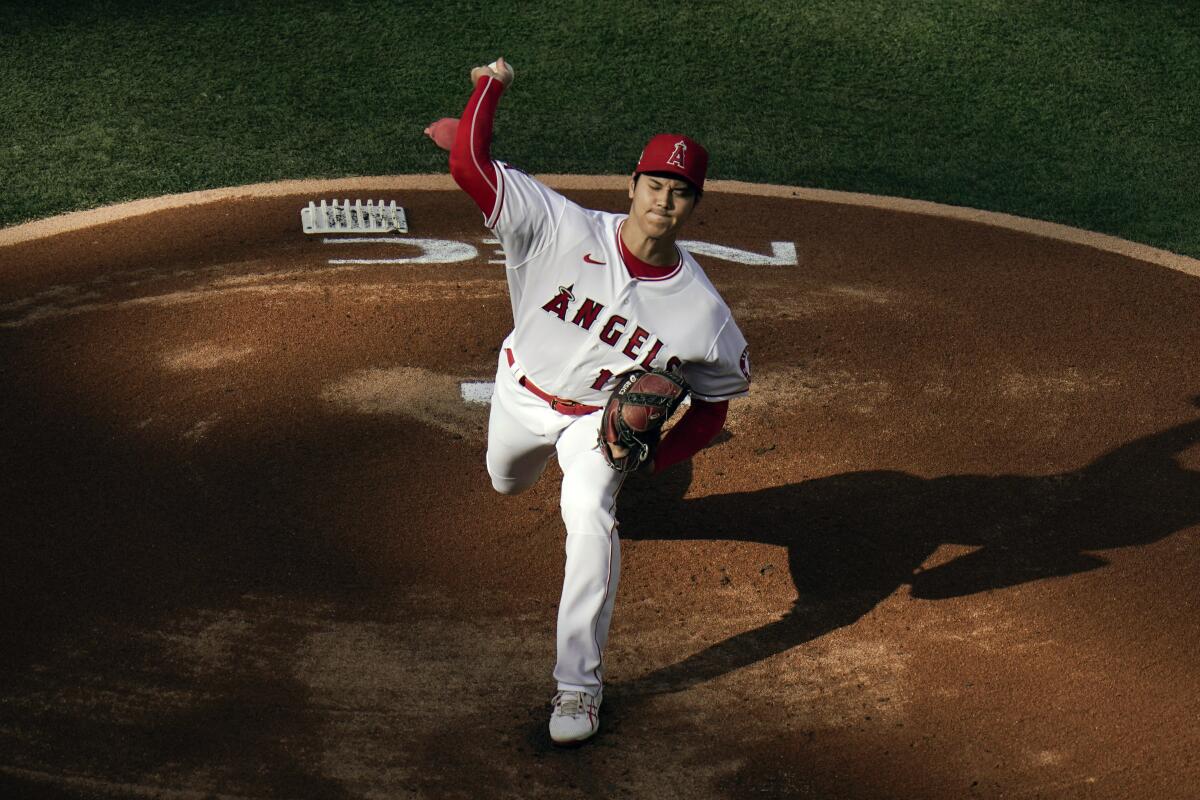
A player like him couldn’t have come from anywhere else.
The two-way player has existed in Japan for some time — he existed primarily in the realm of imagination, but he existed nonetheless. Ohtani was the physical embodiment of a concept that was already in the air.
So when the sequel to “Major” was about to start in 2015, publisher Shuukan Shonen Sunday solicited the endorsement from the player he inspired.
“Goro’s passion made me love baseball even more,” read a quote by Ohtani that was included in a newspaper advertisement for “Major 2.”
The concept of a comic book character influencing an athlete probably seems foreign to anyone unfamiliar with the culture.
Not since the legendary Babe Ruth has a player dominated on the mound and at the plate like the Angels’ Shohei Ohtani.
Comics, or manga, have a reach that would be unimaginable in the United States. The field has a wide range of genres, with some intended for older audiences. There is also less of a delineation between adult and children’s entertainment in Japan, in part because there is no material outside of pornography that is considered inappropriate for audiences of certain ages. So when a manga, or an animated television series based on a manga, becomes popular, it penetrates virtually every segment of society.
The most popular comic books are cultural touchstones.
Case in point: Ohtani’s walk-up song this year is the ending theme to the animated version of Jujutsu Kaisen, which is about a high schooler who hunts supernatural forces. When Ohtani was in Japan over the offseason, he explained with a laugh, “I looked forward to Jujutsu Kaisen every week.”
This is entirely normal.
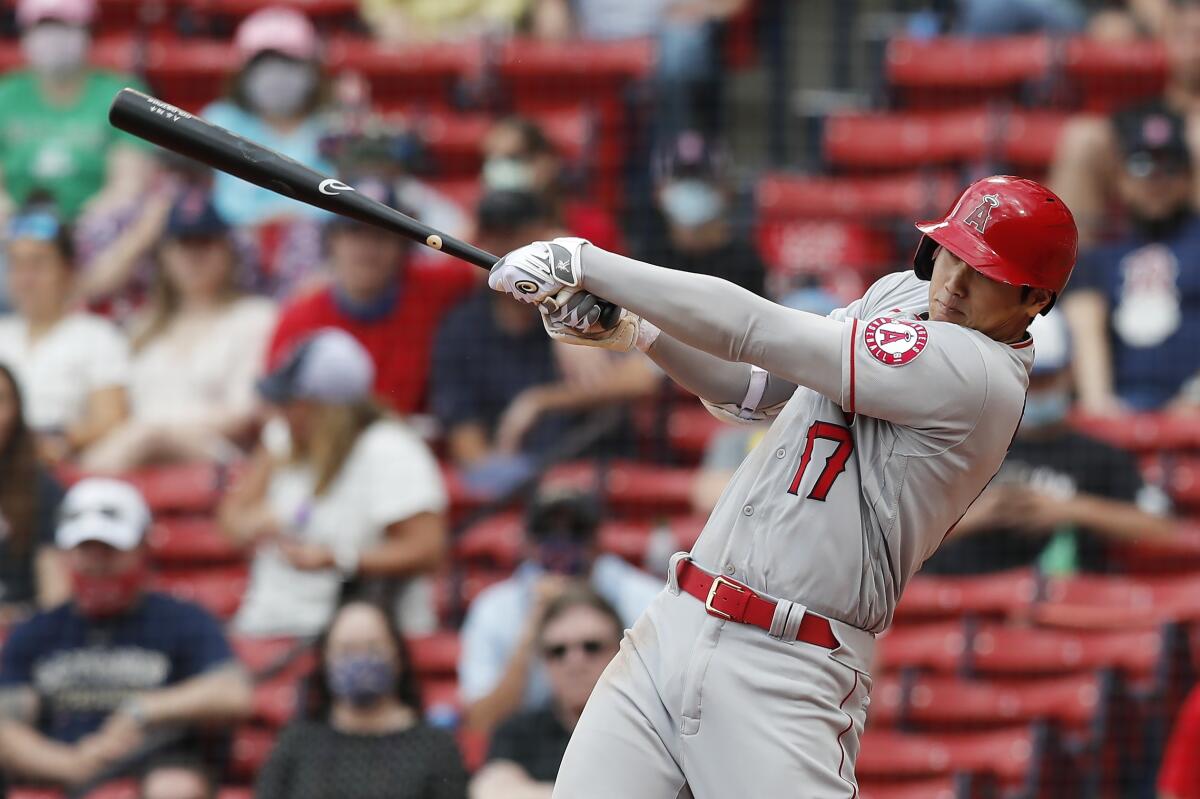
With clearly defined customs and ideals, Japanese culture can be extremely inflexible. In both academics and sports, there’s a particular emphasis on repetition, which explains, for example, why almost every Japanese baseball player is a superb bunter.
Comics offer an escape from what can be a suffocating environment. In the manga world, anything is possible.
There is manga about practically everything, from warriors to wine tasters, from teachers to detectives, from surgeons to chefs.
And, of course, athletes.
The characters in sports-themed comics often have supernatural abilities. There are pitches in baseball that disappear, shots in soccer that burn goal nets.
Life has often imitated art.
The manga “Slam Dunk” raised the profile of basketball, leading to the 2016 launch of the professional B League and a generation of players that includes Rui Hachimura of the Washington Wizards.
To this day, the most famous Japanese soccer player is Tsubasa Ohzora, who, like Goro Shigeno, is make-believe. There are three statues of him in the Katsushika ward of Tokyo where creator Yoichi Takahashi was born.
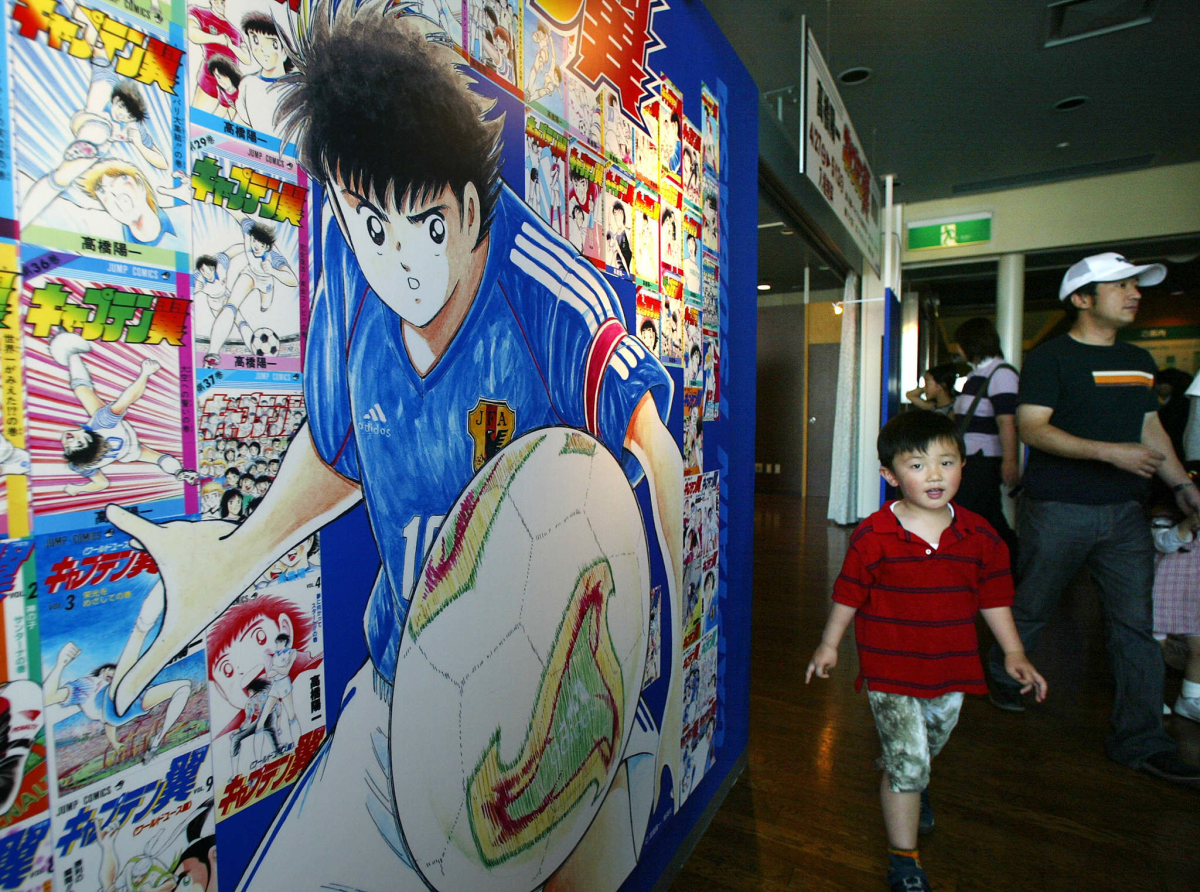
Created in 1981, Ohzora popularized soccer in Japan, but his impact wasn’t limited to his home country. The animated TV series based on “Captain Tsubasa” was translated into other languages and influenced the likes of Lionel Messi, Zinedine Zidane and Alessandro Del Piero to play soccer.
Japanese and American soccer have developed along parallel lines, with the J League opening in 1993 and Major League Soccer in 1996. Historically, the U.S. has sent to Europe a relatively balanced mix of players in terms of their positions. Japan exports a disproportionate number of attacking midfielders, which, coincidentally or not, was Ohzora’s position.
But as much as Hidetoshi Nakata accomplished and as much promise as 19-year-old Takefusa Kubo has shown, no actual Japanese player has come close to matching Ohzora.
Which is what makes Ohtani different.
What he is doing now is unprecedented, even in the manga world.
Watch every home run Angels two-way star Shohei Ohtani has hit so far this season.
In “Major,” Shigeno won two Cy Young Awards and a World Series. He pitched and batted professionally, but not at the same time. He became a hitter only after injuring his shoulder.
In this instance, reality has proven to be more spectacular than fiction.
Shigeno, however, maintains one edge. When he pitched in the majors, he was on his second arm. He became a left-handed pitcher after blowing out his right shoulder in elementary school.
More to Read
Go beyond the scoreboard
Get the latest on L.A.'s teams in the daily Sports Report newsletter.
You may occasionally receive promotional content from the Los Angeles Times.

